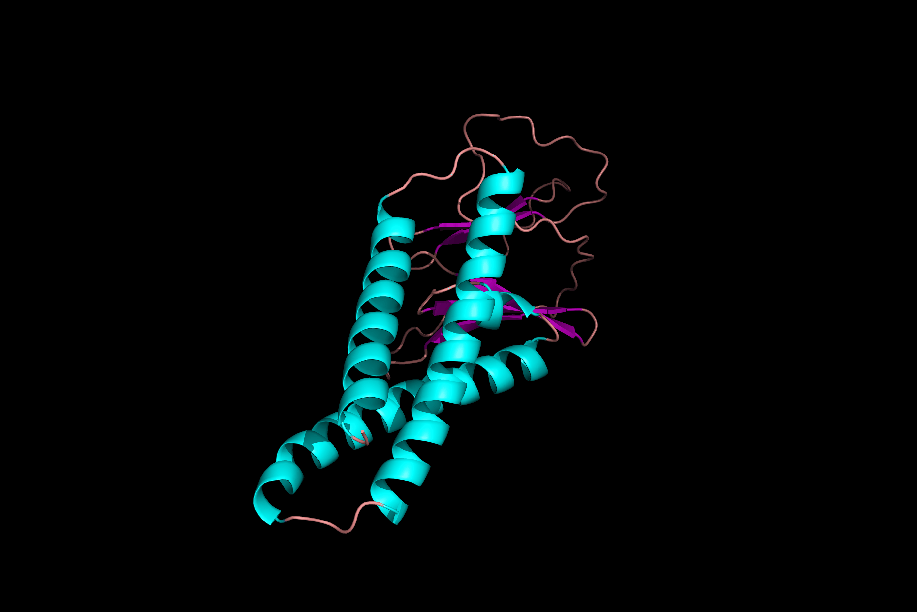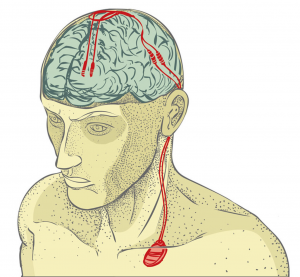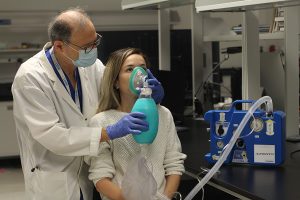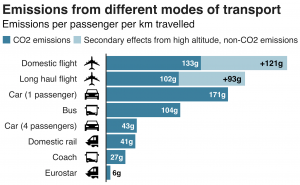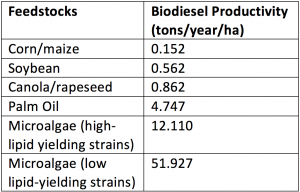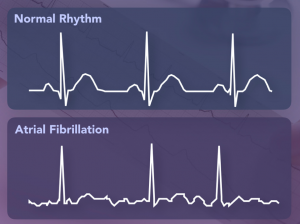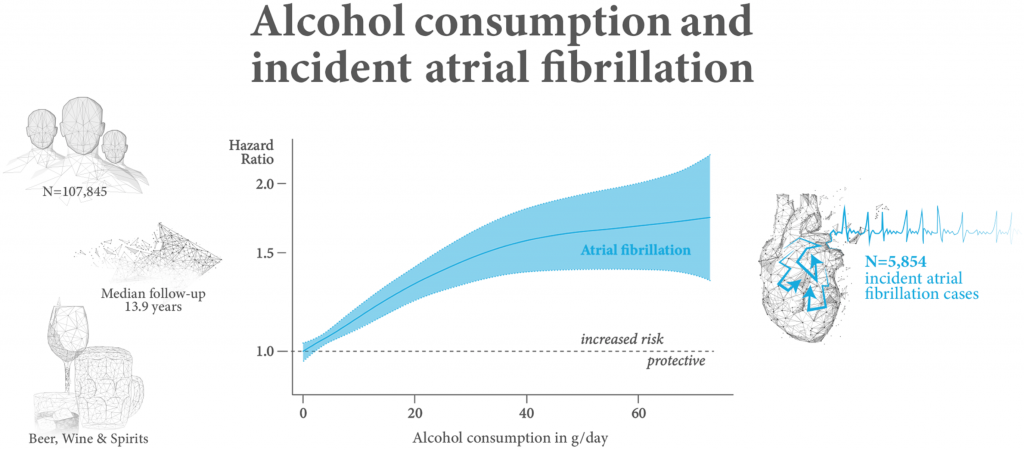Laughter. As human beings, it’s something that most of us are bound to experience. Whether it’s from browsing YouTube and finding a ridiculous dog fail compilation, or when your friend cracks out a joke that you just find funny for some apparent reason, the feeling of laughter is a common occurrence in our lives.
Laughter is something that we take for granted. If we find something funny, then we’re going to laugh. However, scientists to this day are unable to figure out the reasoning behind laughter. In fact, the results from the many studies that do exist out there further confirm that laughter is much more complex than we think. A recent study conducted by Dr. Zander-Schellenberg and others were able to attribute this strange phenomenon as a way to relieve stress.
Check out the video below by YouTube user Life Noggin, which does a great job of going over the origins of laughter.

laughter can help relieve stress?
In order to test the effects of laughter on stress in daily life experiences, Dr. Schellenberg and others collected data from 41 psychology students, 33 of which were female, from the University of Basel in real-life settings for 14 consecutive days. Through the usage of a smartphone application, a sound queue that triggered randomly throughout the day would remind participants to answer questions related to laughter, as well as any details regarding their current levels of stress and stressful events.
The results of the study were astonishing; it was found that increased laughter weakens the effects of stressful events, while also dampening certain symptoms that may arise from stress.
By investigating the effects of laughter on stress outside the laboratory, the study was able to be more closely related to real-life experiences. However, as the sample consisted of mainly female students, recreating the experiment with a sample that more closely represents the general population is something that could solidify their findings.

A photo of two people laughing, by Emanuele Spies from São Leopoldo, RS, Brasil, CC BY 2.0 <https://creativecommons.org/licenses/by/2.0>, via Wikimedia Commons
To take away from all this, think of laughter as a cheap and effective form of medicine. If, for whatever reason, you’re having a bad day, go and watch your favorite comedy show, or crack jokes with one of your friends for a quick laugh!
Here is a video by YouTube user keees121 that I recommend if you’re feeling down:

-Aaron Yoon








